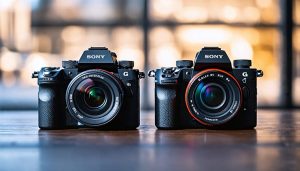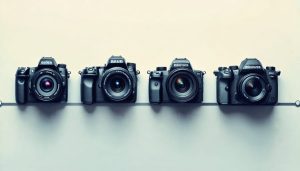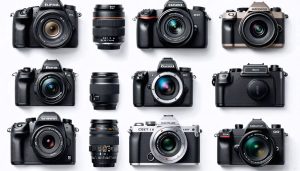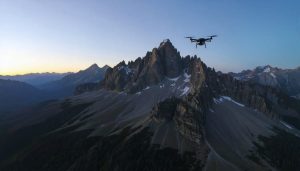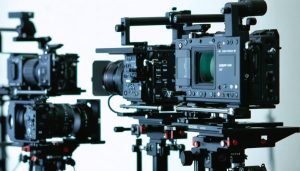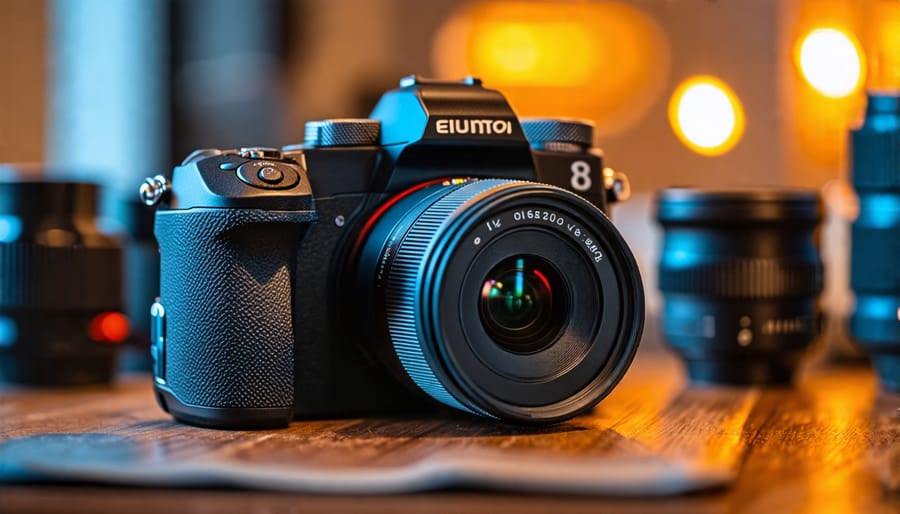
Mirrorless cameras have taken the photography world by storm in recent years, offering a compelling alternative to traditional DSLRs. With their cutting-edge technology, compact design, and impressive performance, it’s no wonder more and more photographers are making the switch. In this article, we’ll dive into the Best Mirrorless Cameras of 2022 and explore the key advantages they hold over their DSLR counterparts. From lightning-fast autofocus to silent shooting, electronic viewfinders to in-body image stabilization, mirrorless cameras are packed with features that can elevate your photography to new heights. So whether you’re a professional looking to streamline your kit or an enthusiast eager to embrace the latest tech, read on to discover why mirrorless might just be the perfect fit for you.
Smaller and Lighter
One of the most significant advantages of mirrorless cameras over DSLRs is their compact size and lighter weight. By eliminating the bulky mirror box and optical viewfinder found in DSLRs, manufacturers can create smaller camera bodies that are easier to carry around for extended periods. This makes mirrorless cameras an excellent choice for travel, street photography, and other situations where portability is crucial.
To illustrate the size difference, let’s compare two popular full-frame models: the mirrorless Sony A7 III and the DSLR Canon 5D Mark IV. The Sony A7 III measures 5 x 3.8 x 2.9 inches and weighs 1.43 pounds, while the Canon 5D Mark IV measures 5.9 x 4.6 x 3 inches and weighs 1.76 pounds. Although the difference may seem minimal, it becomes more noticeable when you consider the size and weight of lenses.
Mirrorless lenses are often more compact than their DSLR counterparts due to the shorter flange distance (the distance between the lens mount and the sensor). For example, the Sony FE 24-70mm f/2.8 GM lens for the A7 III weighs 1.95 pounds, while the Canon EF 24-70mm f/2.8L II USM lens for the 5D Mark IV weighs 2.4 pounds. When you combine the camera body and multiple lenses, the weight savings of a mirrorless system become even more apparent.
This size and weight advantage is not limited to full-frame models. APS-C and Micro Four Thirds mirrorless cameras, such as the Fujifilm X-T30 and Olympus OM-D E-M10 Mark IV, offer even more compact body designs that can easily fit in a small bag or even a jacket pocket. This makes them perfect for discreet shooting and everyday carry.
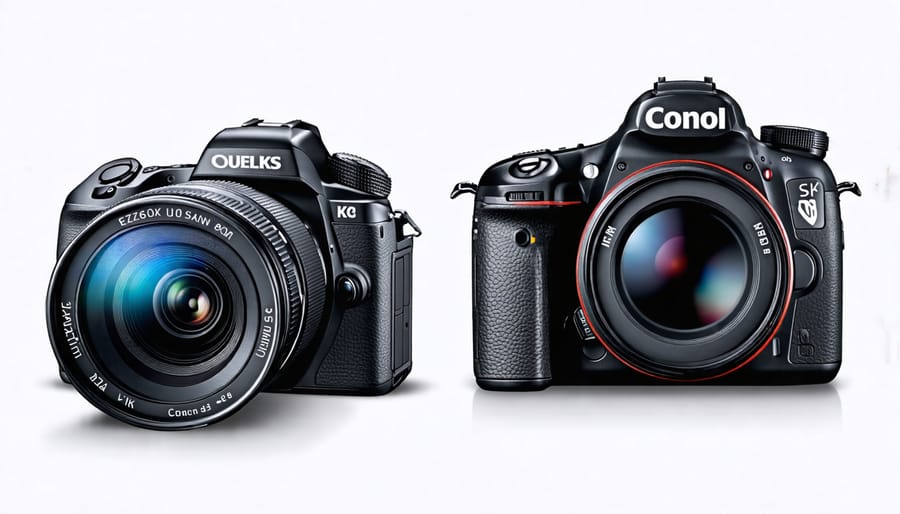
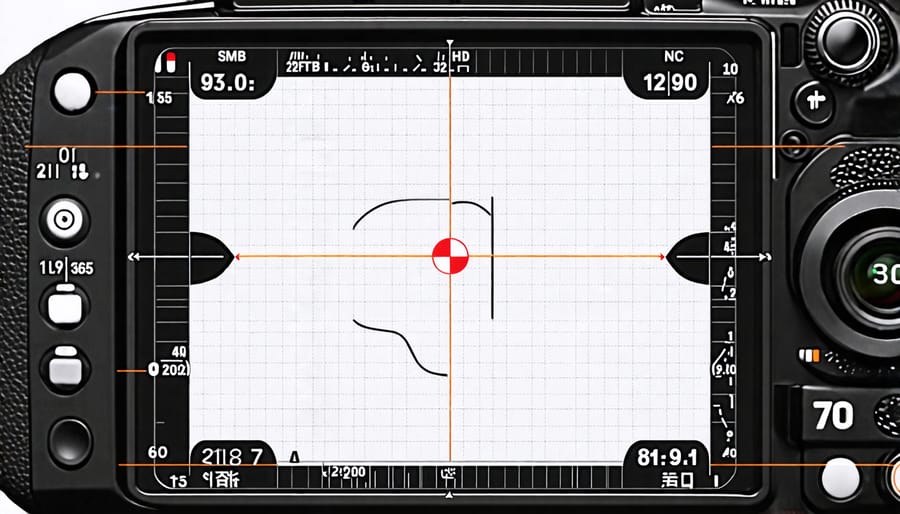
Electronic Viewfinder Advantages
One of the key advantages of mirrorless cameras over DSLRs is their electronic viewfinders (EVFs). Unlike optical viewfinders found in DSLRs, EVFs provide a real-time preview of how your image will look based on your camera settings. This means you can see the impact of exposure, white balance, and other adjustments before snapping the shot, saving time and effort in post-processing.
EVFs also offer a wealth of information overlays, putting critical data like histograms, focus peaking, and level indicators right in your viewfinder. Focus peaking highlights areas of sharp contrast, making manual focusing a breeze. Imagine trying to capture a stunning landscape at dawn—with an EVF, you can fine-tune your exposure and nail focus without ever taking your eye off the viewfinder.
In contrast, optical viewfinders in DSLRs have limitations. They can’t show you the actual exposure of your image, leading to surprises when you review your shots. Optical viewfinders also typically cover less than 100% of the frame, meaning you might find unwanted elements creeping into the edges of your composition.
Another benefit of EVFs is their ability to boost brightness in low-light situations, making it easier to compose shots in dark environments like concerts or night scenes. Some mirrorless cameras even offer night vision modes in their EVFs, amplifying available light to help you frame up shots that would be impossible with an optical viewfinder.
While early EVFs had issues with lag and low resolution, modern versions have largely closed the gap with optical viewfinders. Today’s high-resolution EVFs are responsive and detailed, providing a lifelike view that rivals the best optical viewfinders. As mirrorless technology continues to advance, expect to see even more innovations in EVF technology that push the boundaries of what’s possible in camera viewfinders.
Superior Autofocus Performance
One of the key advantages of mirrorless cameras over DSLRs is their superior autofocus performance, particularly in challenging shooting situations. This is largely due to the fact that mirrorless cameras use on-sensor autofocus, which means that the autofocus points are directly on the image sensor itself. This enables the camera to track subjects more accurately and quickly, even when they are moving erratically or unpredictably.
In contrast, DSLRs rely on a separate autofocus sensor that is not directly on the image sensor. This can result in slower and less accurate autofocus, especially when shooting in live view or video mode. Mirrorless cameras, on the other hand, can maintain fast and precise autofocus even when shooting video or using the electronic viewfinder.
Another advantage of on-sensor autofocus is that it allows for more advanced features such as face and eye detection. This is particularly useful for portrait photographers, as it ensures that the subject’s eyes are always in sharp focus, even if they are moving around or looking away from the camera. Some mirrorless cameras can even detect and focus on animal eyes, making them ideal for wildlife and pet photography.
These advanced autofocus features also make mirrorless cameras well-suited for tracking fast-moving subjects, such as athletes or birds in flight. The ability to quickly and accurately lock onto a moving subject and maintain focus as it moves across the frame is a game-changer for action and sports photographers.
Real-world examples of challenging shooting situations where mirrorless cameras excel include dimly lit wedding receptions, where the camera needs to quickly lock onto the bride and groom as they move around the dance floor, or capturing a falcon in flight against a busy sky, where the camera must be able to distinguish the bird from the background and maintain focus as it soars and dives.
In summary, the superior autofocus performance of mirrorless cameras, thanks to their on-sensor autofocus and advanced features like face and eye detection, makes them a compelling choice for photographers who demand fast, accurate, and reliable autofocus in a wide range of shooting situations.
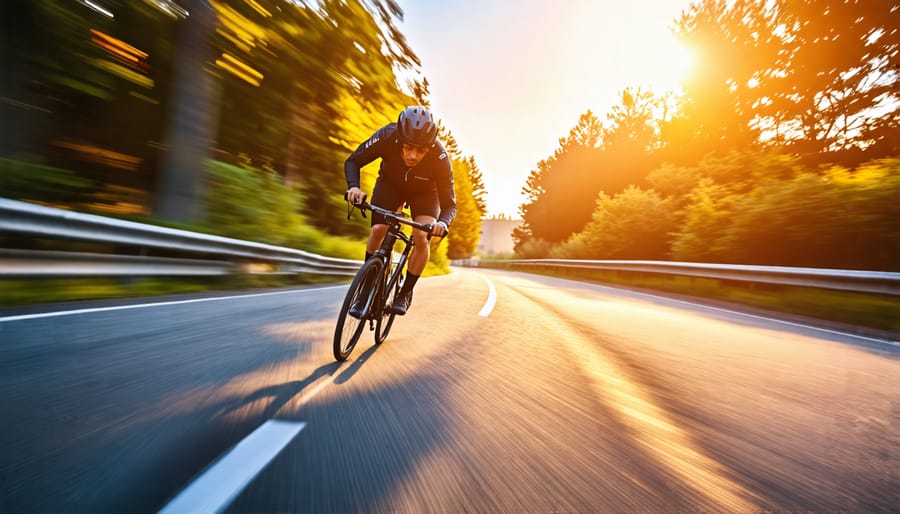
Innovative Features
Mirrorless cameras pack a range of innovative features that set them apart from DSLRs. One standout capability is in-body image stabilization (IBIS), which compensates for camera shake to deliver sharp, blur-free shots even in low light or when using slower shutter speeds. This is a game-changer for handheld shooting, enabling photographers to capture crisp images without always needing a tripod.
Another exciting mirrorless feature is pixel-shift high-resolution mode, available on select models. This function takes multiple exposures, slightly shifting the sensor each time, and combines them into a single ultra-high-resolution image. The result is stunningly detailed photographs that rival those from much higher-megapixel cameras, making it ideal for landscape, architecture, and studio work.
Silent shooting is yet another mirrorless advantage. With no mirror to flip up and down, these cameras can operate in complete silence, perfect for discreet photography at events like weddings or performances. Some models even offer an electronic shutter for totally vibration-free capture.
Mirrorless cameras also boast advanced autofocus systems, with features like eye and face detection for spot-on focus on human subjects. This is incredibly useful for portrait, event, and street photography, ensuring your subjects are always sharp even if they’re moving.
These innovative features, combined with the compact size and versatility of mirrorless cameras, make them a compelling choice for photographers seeking cutting-edge capabilities and improved shooting flexibility. Whether you’re a professional looking to streamline your kit or an enthusiast ready to take your photography to the next level, mirrorless cameras offer a range of exciting possibilities.
Native Lens Advantages
One of the most significant advantages of mirrorless cameras is their ability to use lenses specifically designed for their shorter flange distance. This allows for more compact, lightweight lenses that maintain or even surpass the optical quality of their DSLR counterparts. Native mirrorless lenses can take full advantage of the camera’s capabilities, such as faster and more accurate autofocus, enhanced image stabilization, and improved communication between the lens and camera body.
Moreover, mirrorless systems often have a wider selection of autofocus lenses compared to adapted DSLR glass. While adapters allow you to use your existing DSLR lenses on a mirrorless camera, they may not always provide the same level of performance or functionality. Native lenses ensure seamless compatibility and optimal performance, giving you more creative options and flexibility in your photography.
As mirrorless technology continues to advance, lens manufacturers are developing innovative optical designs that push the boundaries of what’s possible. From ultra-wide angles to super telephotos, the growing selection of native mirrorless lenses caters to various photography genres and styles, making it easier for photographers to find the perfect lens for their needs.
Video Superiority
When it comes to video, mirrorless cameras truly shine. They offer a range of advanced features that DSLRs struggle to match. One key advantage is their superior autofocus systems. Many mirrorless models boast intelligent eye and face tracking, ensuring your subjects stay sharp even as they move through the frame. This is a game-changer for capturing fast-paced action or unpredictable moments.
Another benefit is in-body image stabilization (IBIS). This technology compensates for camera shake, allowing you to shoot handheld footage that looks incredibly smooth and professional. No more jittery video or the need for bulky external stabilizers. IBIS is especially useful in low-light situations where slower shutter speeds are necessary.
Mirrorless cameras also excel at delivering high-quality 4K video. Many models use oversampling techniques, capturing more data than needed and then downscaling it to 4K resolution. The result is exceptionally detailed footage with reduced moiré and aliasing artifacts. Plus, the high-resolution electronic viewfinders (EVFs) in mirrorless cameras provide a clear, real-time preview of your video, making it easy to nail focus and exposure.
In contrast, DSLRs are held back by their mirror-based design and limited autofocus systems. They often struggle with fast, accurate focusing during video recording, and their optical viewfinders don’t offer the same level of feedback as mirrorless EVFs. While some high-end DSLRs have closed the gap in recent years, they still can’t quite match the advanced video capabilities of mirrorless cameras.
It’s no wonder that many professional filmmakers and content creators have switched to mirrorless. Models like the Sony A7S III, Canon EOS R5, and Panasonic Lumix S1H have become go-to choices for their impressive video specs and features. Whether you’re shooting documentaries, weddings, or YouTube videos, mirrorless cameras offer the tools you need to capture stunning footage with ease.
Conclusion
In conclusion, mirrorless cameras offer several compelling advantages over traditional DSLRs, including smaller and lighter bodies, superior autofocus performance, silent shooting, and seamless video capabilities. While DSLRs still hold an edge in battery life and lens selection, the gap is rapidly closing as mirrorless technology continues to evolve.
For most photographers, both enthusiasts and professionals, mirrorless cameras represent the future of photography. Their cutting-edge features, versatility, and portability make them an attractive choice for a wide range of shooting scenarios, from street photography to studio work. As more photographers embrace mirrorless systems, it’s clear that this technology will continue to shape the industry in exciting ways.
Ultimately, the choice between mirrorless and DSLR depends on individual needs and preferences. However, for those looking to invest in a modern, feature-rich camera system with room to grow, mirrorless is undoubtedly the way to go.


